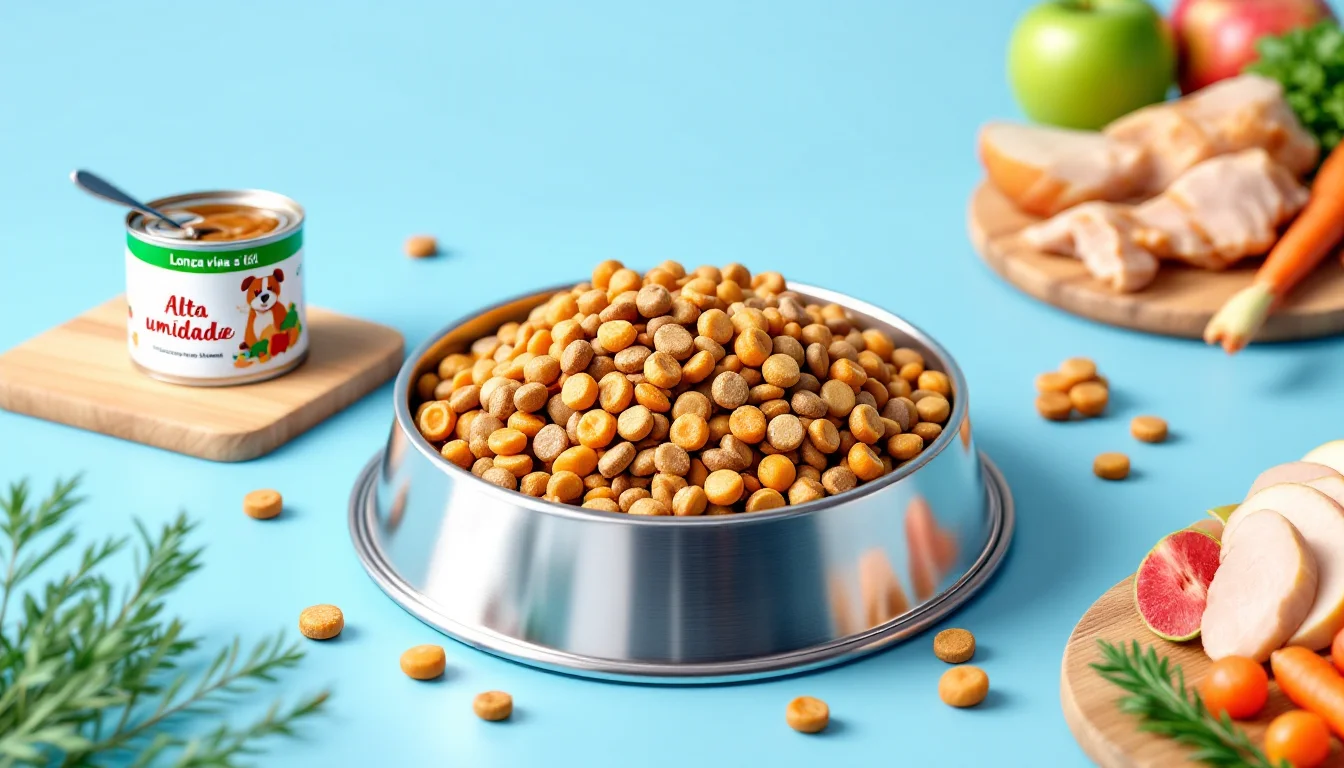Feeding your dog the right diet is one of the most important things you can do for their health — but when you’re caring for dogs of different breeds, sizes, and needs, it can quickly get complicated. Each breed may have unique dietary requirements depending on their size, energy level, age, and even common health conditions.
In this guide, you’ll learn how to build a healthy and balanced diet tailored to the needs of different breeds, helping you make informed decisions and keep your pups happy, healthy, and full of energy.
Understanding Nutritional Needs by Dog Size
Dogs aren’t one-size-fits-all, and neither is their diet.
Small Breeds (e.g., Pomeranians, Dachshunds)
- High metabolism means they burn calories quickly.
- Need calorie-dense food in small portions.
- Require smaller kibble to avoid choking or dental issues.
Medium Breeds (e.g., Beagles, Cocker Spaniels)
- Need a balanced diet that supports their energy level.
- Often prone to weight gain, so portion control is key.
Large Breeds (e.g., Labradors, Great Danes)
- Grow rapidly — especially in puppyhood — and need food that supports joint and bone health.
- Diets should be lower in fat and calcium to avoid growth disorders.
- Risk of bloat, so feeding smaller meals more often is safer.
Breed-Specific Considerations
Some breeds have known dietary sensitivities or preferences:
- Labradors: Prone to obesity — choose food with higher protein and fiber.
- Bulldogs and Pugs: Sensitive digestion — opt for easy-to-digest proteins and avoid soy or corn.
- Huskies: Active and lean — need high-protein, high-fat diets.
- Chihuahuas: Tiny appetite but need nutrient-dense meals.
Consider breed tendencies and consult your vet for personalized advice, especially if your dog has a known health condition.
Choosing the Right Food Type
There’s no single “best” food, but here’s how to evaluate the options:
Dry Kibble
- Long shelf life, easy to store.
- Helps with dental health.
- Choose size-appropriate kibble.
Wet Food
- More palatable for picky eaters.
- Higher moisture content — great for hydration.
- Must be stored properly.
Raw or Homemade Diets
- Can be customized, but must be nutritionally complete.
- Requires planning and vet supervision.
Freeze-Dried or Dehydrated
- Good middle ground between dry and raw.
- Retains nutrients, easy to store.
No matter which type you choose, check that it’s AAFCO approved (or your country’s equivalent) and designed for your dog’s life stage (puppy, adult, senior).
Reading Dog Food Labels
Understanding what’s in your dog’s food is essential:
- First ingredient should be a quality source of protein (like chicken, beef, or lamb).
- Avoid by-products, fillers, artificial dyes, and vague terms like “meat meal”.
- Look for named fats, such as chicken fat or fish oil.
- Omega-3 and Omega-6 fatty acids support coat and joint health.
Check for calories per cup and follow feeding guidelines based on your dog’s weight and activity level.
Feeding Schedules for Different Breeds
Consistency is key to digestion and behavior.
- Small breeds: 3–4 small meals per day, especially puppies or seniors.
- Medium breeds: 2 meals per day is usually sufficient.
- Large breeds: 2 meals per day, with portions split to prevent bloat.
Avoid feeding immediately before or after exercise, particularly in large dogs, to reduce risk of gastric torsion.
Supplements: Are They Necessary?
Many quality dog foods already contain essential vitamins and minerals, but some dogs may benefit from:
- Glucosamine and chondroitin: For joint health in large or senior dogs.
- Fish oil: Great for coat, skin, and inflammation.
- Probiotics: Support digestion, especially in dogs with sensitive stomachs.
Only give supplements under veterinary guidance. Over-supplementing can be harmful.
Special Considerations by Life Stage
Your dog’s nutritional needs change over time.
Puppies:
- Require higher protein and fat.
- Breed size matters — large-breed puppies need specific formulas to prevent rapid growth.
Adults:
- Need maintenance diets tailored to activity level and weight.
Seniors:
- May need lower calorie, joint support, and easier-to-digest proteins.
Monitor weight and adjust diet as your dog ages or becomes more/less active.
Managing Diets in Multi-Dog Households
When you have dogs with different dietary needs, mealtime can be tricky.
Tips:
- Feed dogs in separate areas or rooms.
- Use puzzle feeders or slow bowls to pace fast eaters.
- Stick to individualized portions based on age, size, and condition.
If one dog is on a special diet, keep that food away from the others.
Healthy Treat Options
Treats should never exceed 10% of your dog’s daily caloric intake.
Best options:
- Small bits of cooked chicken or turkey (no seasoning).
- Vegetables like carrots, green beans, or cucumber.
- Store-bought treats with limited ingredients.
Avoid:
- Grapes, raisins, chocolate, onions, garlic, and xylitol (all toxic to dogs).
Final Thoughts: Feeding for Longevity and Wellness
Creating a balanced diet for dogs of different breeds doesn’t mean feeding everyone the same thing. It’s about understanding the unique needs of each dog — from size and age to breed tendencies — and providing the right nutrition to support their lifestyle.
With just a bit of planning and observation, you can ensure each dog in your home thrives on a diet designed just for them. It’s an act of love that shows in their energy, health, and that happy tail wag after every meal.

Dedicated to sharing practical tips and accessible guidance on dog care, nutrition, safety, and daily routines for owners of different breeds. With a focus on promoting a safe, healthy, and happy environment for pets, the blog’s content covers breed-specific needs, home adjustments, energy levels, and wellness strategies for all kinds of dogs.
